
About Tsalka
Tsalka Municipality is located in Kvemo Kartli. The traces of human life in Tsalka municipality date back to the Stone Age, which is confirmed by ancient petroglyphs found in the village of Gantiadi. The petroglyphs of the Patara Khrami contain up to a hundred scribbled images and is an important cultural monument. Tsalka Municipality, historical Trialeti, is also a hub of Trialeti culture. Many Bronze Age kurgans have been discovered here, most of which are currently covered by the Tsalka Reservoir. Much of the gold fund of Georgia and other museum exhibits are found in the Trialeti Kurgans, including the famous Trialeti Gold Cup and Trialeti Silver Cup, which reflects the highest level of development of goldsmithing in Georgia in the II millennium BC. Historical Trialeti, the territory of today's Tsalka municipality, is first mentioned in historical sources in the I century. At different periods it was part of different political entities. In the second half of the XVIII century, Trialeti was emptied of the indigenous people. In 1829-1832, the administration of the Russian Empire settled Armenians and Urums, exiled from Ottoman in Trialeti. The name Tsalka itself was historically called today's village of Sameba, with most of its territory covered by the reservoir. In X-XV centuries Tsalka was a religious center of Trialeti. It became a separate municipality in 1930. Nowadays, there are functioning industrial enterprises, health, education and cultural institutions. The leading field is electricity. Here is created a cascade of the hydroelectric power plant, which is connected to the unified energy system of Georgia. Agriculture is also developed here and the main fields are: potato planting and cattle-herding. Roads of republican significance pass through the territory of Tsalka. Tsalka municipality is distinguished by its beautiful nature and abundance of cultural monuments. The Dashbash Canyon, Tsalka Reservoir, lakes and monuments of various periods attract many tourists.
Geography and Climate
Tsalka Municipality is located in Kvemo Kartli region of Eastern Georgia. Its administrative center is the city of Tsalka. The municipality borders Borjomi, Gori and Kaspi to the north, Akhalkalaki to the west, Ninotsminda and Dmanisi to the south. The territory of Tsalka is diverse from a geomorphological point of view. In the western part of the district, the Samsari Range is carved, the northern part of the Javakheti Range also enters the territory of the municipality. An important orographic unit is also the Tsalka Plateau Basin. The South slope of the Trialeti Range belongs to the Tsalka Municipality as well. The region is characterized by frequent hydrographic network. The main river is Ktsia. There are many lakes in Tsalka. The Tsalka Reservoir is the largest reservoir in Georgia with the mirror area. Forests are rare in the territory of the region, mountain steppes are common. In Tsalka municipality, there is a moderately humid subtropical climate, with mild cold winters and long summers. The average annual temperature is 5.9 ° C, -4.8 ° C in January and 16 ° C in July. In the high places of the municipality, there is a highland steppe climate, with short summers and cold winters. The highest areas of the Sumsari, Javakheti and Trialeti ridges are moderately dry highland climates lacking real summer.
In the high places of the Samsari, Javakheti and Trialeti Ranges - a moderately dry highland climate, devoid of real summer.
What to see
Tsalka municipality is distinguished by its beautiful nature and numerous historical and cultural monuments. The Dashbashi Canyon and its beautiful waterfalls are particularly popular. The canyon is like a paradise. In summer it is sunken in greenery, and in winter, when waterfalls freeze, the environment resembles an ice kingdom. Travelers often visit the Tsalka Reservoir and Lake Bareti. In vast expanses, the blue lakes that fall between the velvet lakes create beautiful landscapes. In addition to the diversity of nature, there are many cultural monuments of different periods in Tsalka. Important monuments are: St. George Church of Dashbashi, Virgin Mary Church of Aiazmi, church of St. Constantine in Tejisi with menhir and the megalithic fence, Virgin Mary Church of Dashbashi, Cyclopic settlement of Ai-Ilia, Patara Khrami petroglyphs and many others. Historical monuments in the region, covering almost every stage of human development, from the Stone Age to the Middle Ages, create a vivid picture of Georgia's historical past.
Nature
Cultural monuments
- St. George Church of Dashbashi
- Virgin Mary Church of Dashbashi
- Virgin Mary Church of Aiazmi
- Church of St. Constantine in Tejisi
- Megalithic Fortress of Avranlo
Our guides are ready to help you on this trip
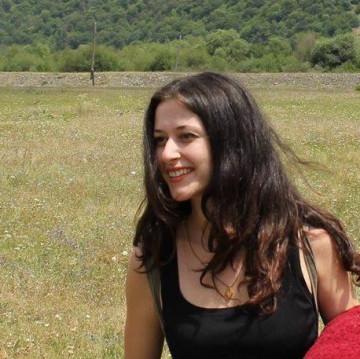
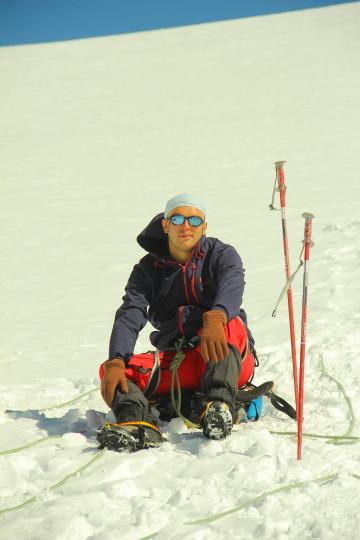
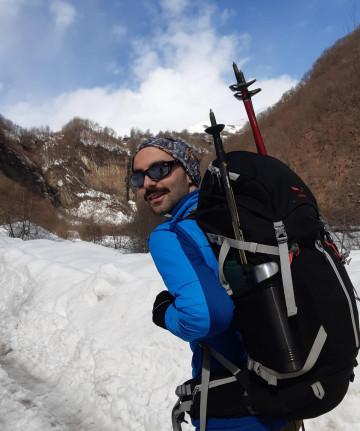
Book a tour online!
Buy our tours online and explore incredible Georgia!
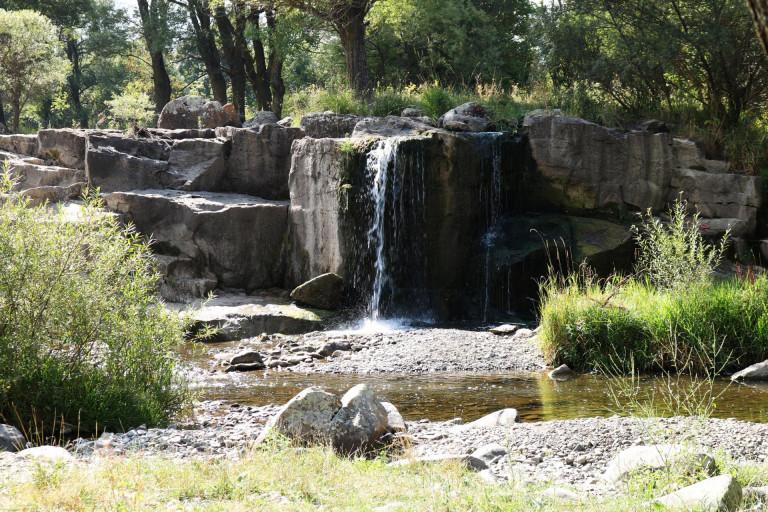
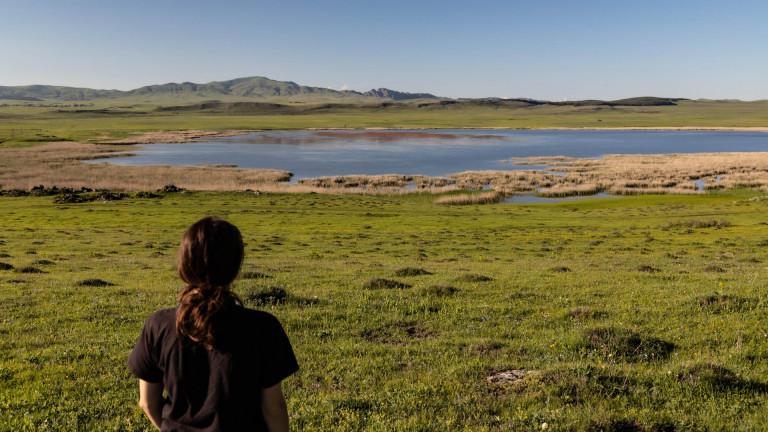
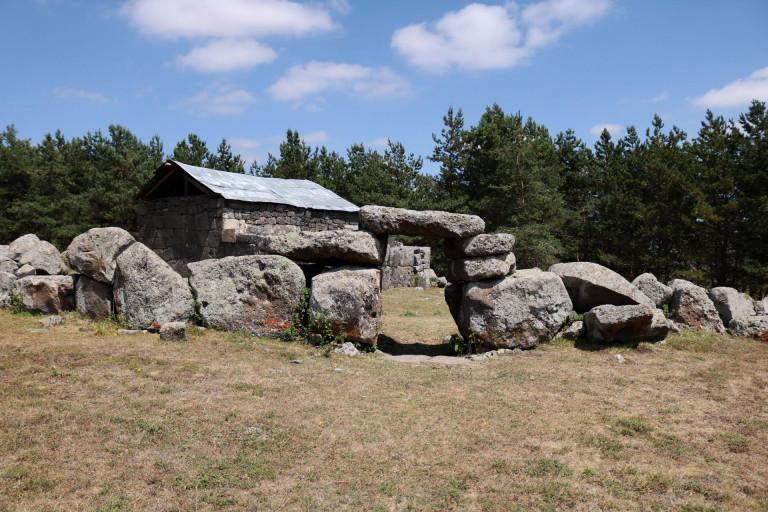


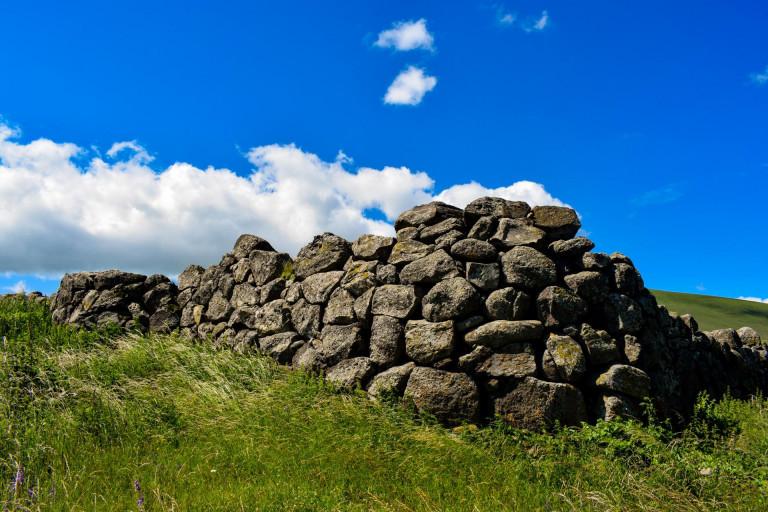
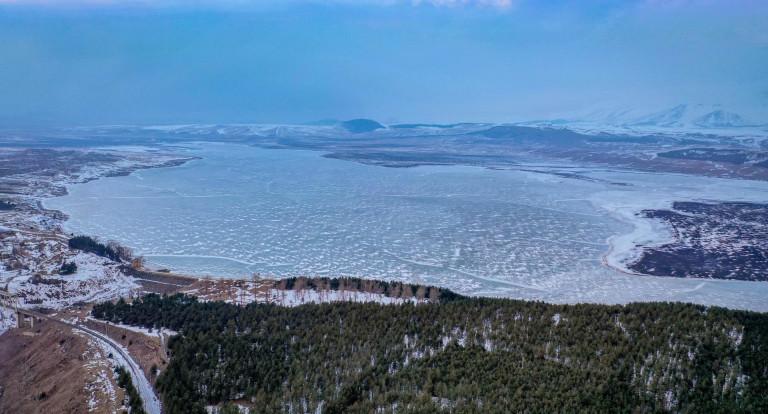
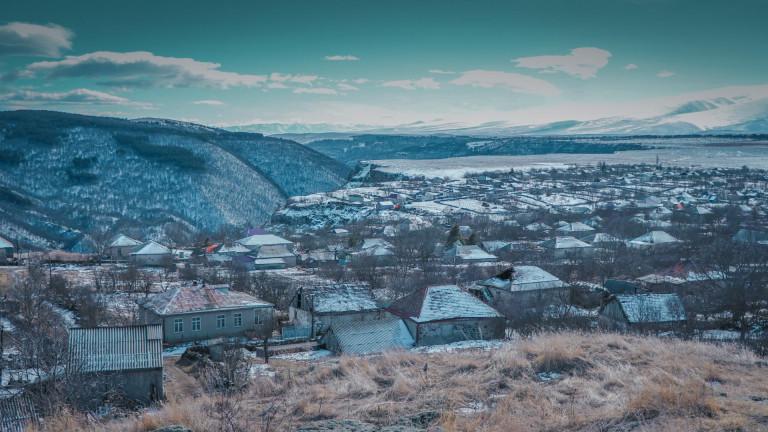

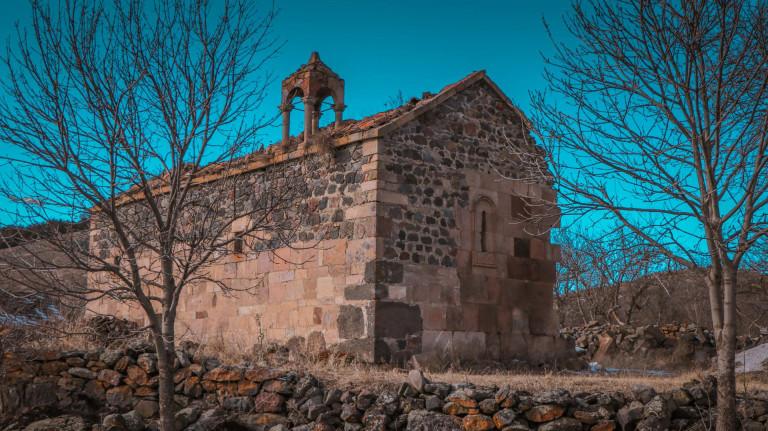
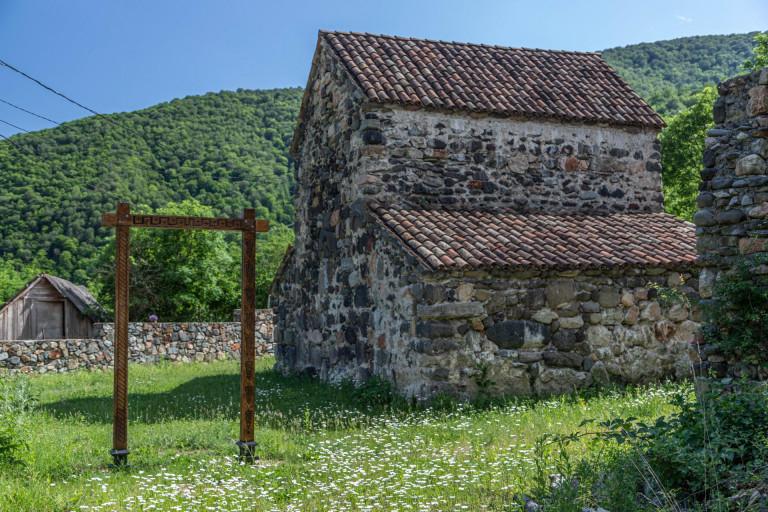
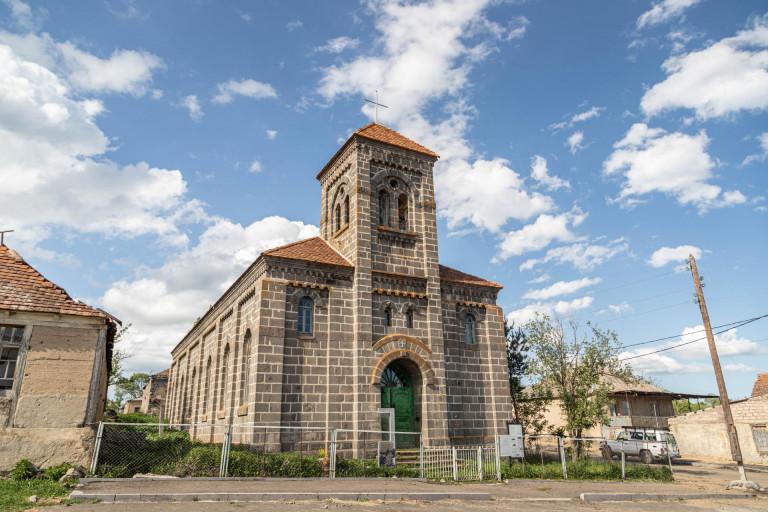
Tours In Kvemo Kartli


2-Day Tour in Bolnisi

Archaeotour- Samshvilde Archaeological Site
Map

წალკა ძალიან ლამაზი ქალაქია თავისი ბუნებრივი ძეგლებით და მისი ღირსშესანიშნაობებით, ამიტომ ვუწერ 5 ვარსკვლავს

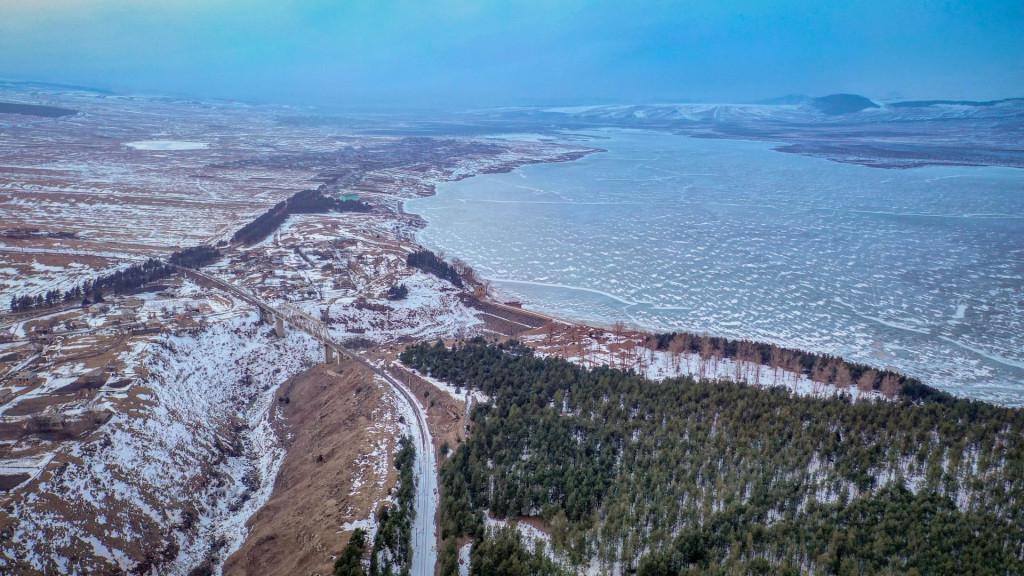
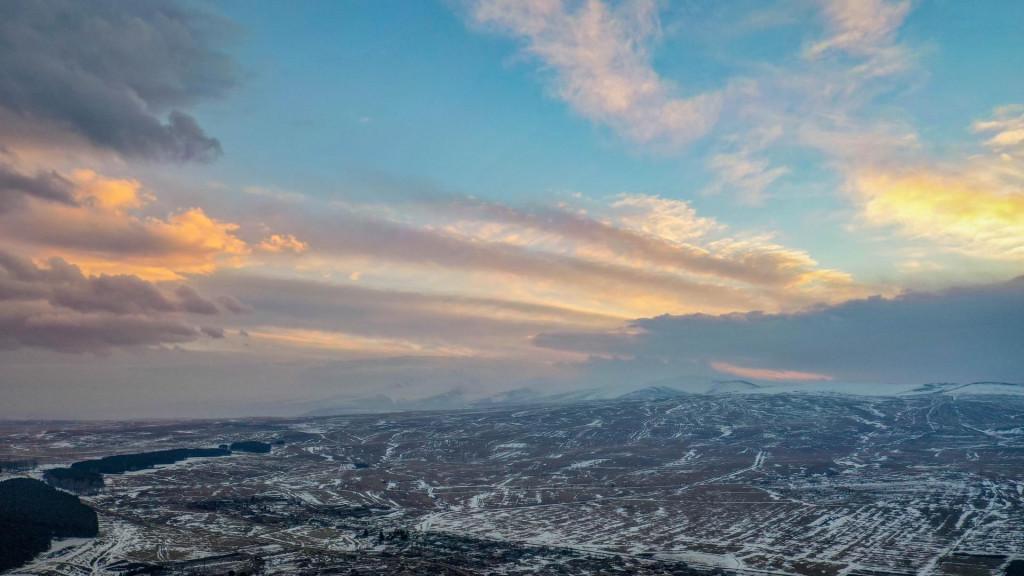



Please login to ask a question
Ask a Questionმაინტერესებს, წალკის წყალსაცავზე რომელ ნაპირზეა შესაძლებელი თევზაობა და კარვის გაშლა?
გამარჯობა, მაინტერესებს წალკაში რომელი გზით ჯობია წასვლა თბილისიდან.
ფონიჭალიდან რომ მიდის გზა ეგ უკეთესია. ბოლომდე კარგი ასფალტიანი გზაა.
თუ თბილისიდან წახვალ, ორი ვარიანტია, ან შეგიძლია წახვიდე წყნეთით (შ 31), ან ზემო ფონიჭალით (ს 6)